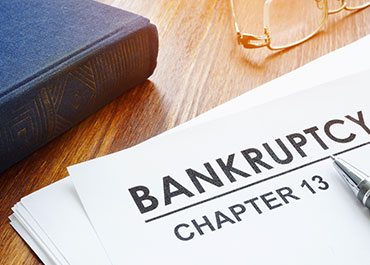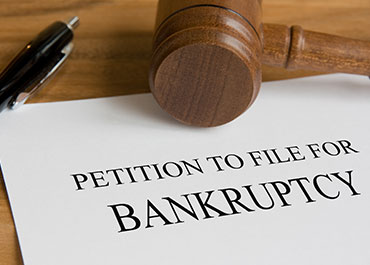Call For Free 15 Minute Consultation(212) 739-7599
Lawline Online Course: A field Manual for Involuntary Bankruptcies - Thursday, 11/5/2020 at 3:00pm EST
Make sure to Reserve your online seat - (Click Here)
Please Note: We are OPEN, continuing to represent clients and accepting new clients However, due to local directives, all meetings and interviews can be conducted via telephonic or video conferencing. Do not hesitate to contact us with any questions, concerns or requests for information. Our free 15 minute telephone consultation remains available.
Call For Free 15 Minute Consultation(212) 739-7599

Queenie, Ltd. v. Nygard Int’l,[1]‘s Sweet 16 Bankruptcy is not reserved for the destitute individual.[2] It’s more useful for those with something to save than nothing to lose.[3]
For debtors, extending the automatic stay to its farthest domain seems the immediate strategy.
It’s not hard to imagine an individual debtor and their business as defendants in an action arising from the business’ conduct.
The universally accepted rule is that “the automatic stay does not apply to non-debtors.”[4]
For whom do you file a case? The individual? The company? Both?[5]
The standard approach is to file a Chapter 11 for the entity, then attempt using Bankruptcy Code § 105(a) (a “105 Action”) to extend the automatic stay to the individual.[6] 105 Actions employ the ancient maxim, “when you’re up to your bum in alligators, it’s hard to remember you’re there to drain the swamp.”
In Queenie, Ltd. v. Nygard Int’l,[7] (“Queenie“), the debtor and his wholly-owned entity were being sued.
The Second Circuit Court of Appeals explained that:
The automatic stay can apply to non-debtors, but normally does so only when a claim against the non-debtor will have an immediate adverse economic consequence for the debtor’s estate. Examples are a claim to establish an obligation of which the debtor is a guarantor, a claim against the debtor’s insurer, and actions where “there is such identity between the debtor and the third-party defendant that the debtor may be said to be the real party defendant . . . ” (internal quotations and citations omitted).[8]
Queenie typically applies to an individual debtor as their wholly owned entity’s guarantor or co-tortfeasor. However, the standard extends to where “there is such identity between the debtor and the third-party defendant that the debtor may be said to be the real party defendant …”[9] This standard could be wide enough to include your problem property.

Some courts see Queenie as the basis for extending the automatic stay through a 105 Action.[10] That’s an error. Queenie makes the automatic stay effective immediately. Nothing beyond filing the case is required.[11] That’s why it’s called the automatic stay.
Not Applying — In re McCormick,[12] “This court notes that the debtors in both Queenie and Calpine filed for protection under Chapter 11 of the bankruptcy code and not Chapter 13 as Debtor has done.”
Applying — In re Konstantinou,[13] Konstantinou rejected McCormick.
Why not? Chapter 13 has been called the “poor person’s chapter 11.” Chapter 13 is routinely seen as a “reorganization.”[14]
We found no authority applying or rejecting Queenie in Chapter 7 cases. Why would we?
The Queenie paradigm has the debtor preserving their business to reorganize. Chapter 7 debtors generally accept the trustee administering the business in the case. Trustees will abandon to the debtor businesses with no value.[15] The business is de facto protected.
Individual Chapter 7 debtors with valuable business or assets should rethink their decision. See, In re Robinson,[16] “where the Chapter 7 trustee — the only party with a potential interest in the [taxi] medallions, through the Debtor’s ownership of the companies,” voiced no objection to lifting the stay.
One day, a resourceful Chapter 7 trustee may try using Queenie for their own purposes.
Meanwhile, Queenie is a debtor’s darling, waiting to travel the circuits.